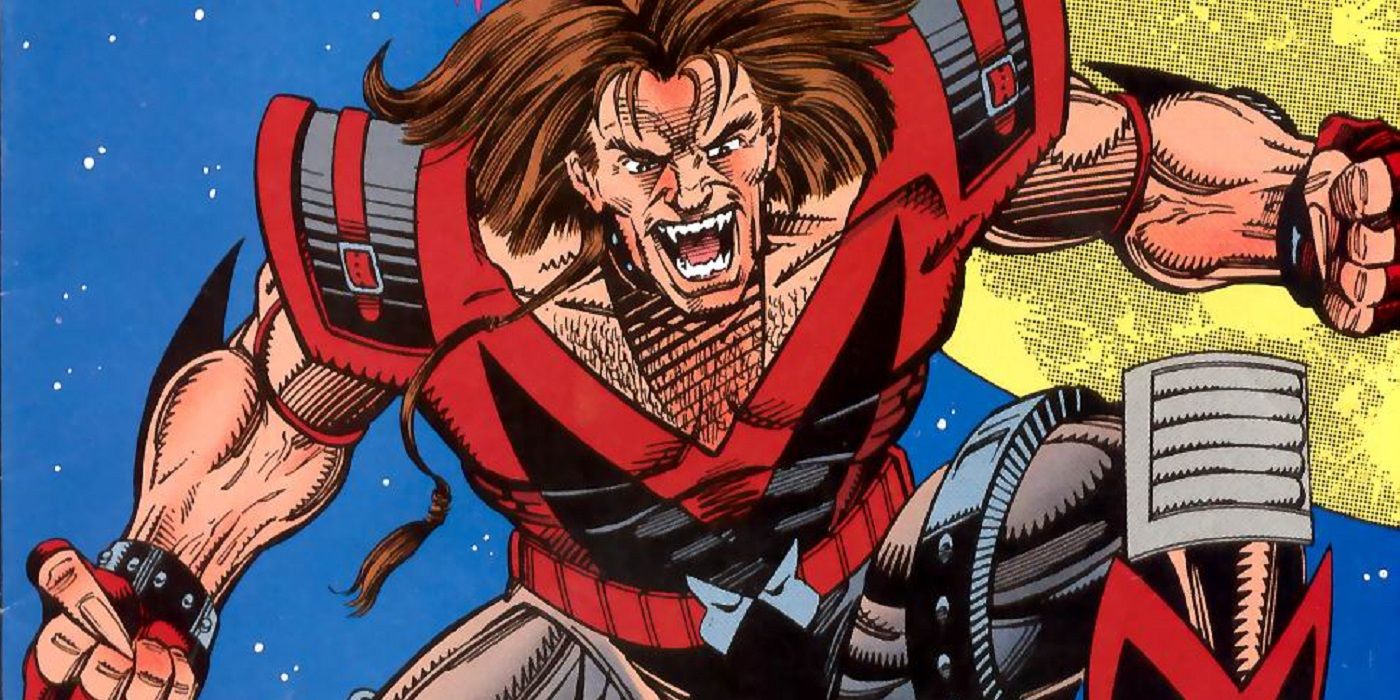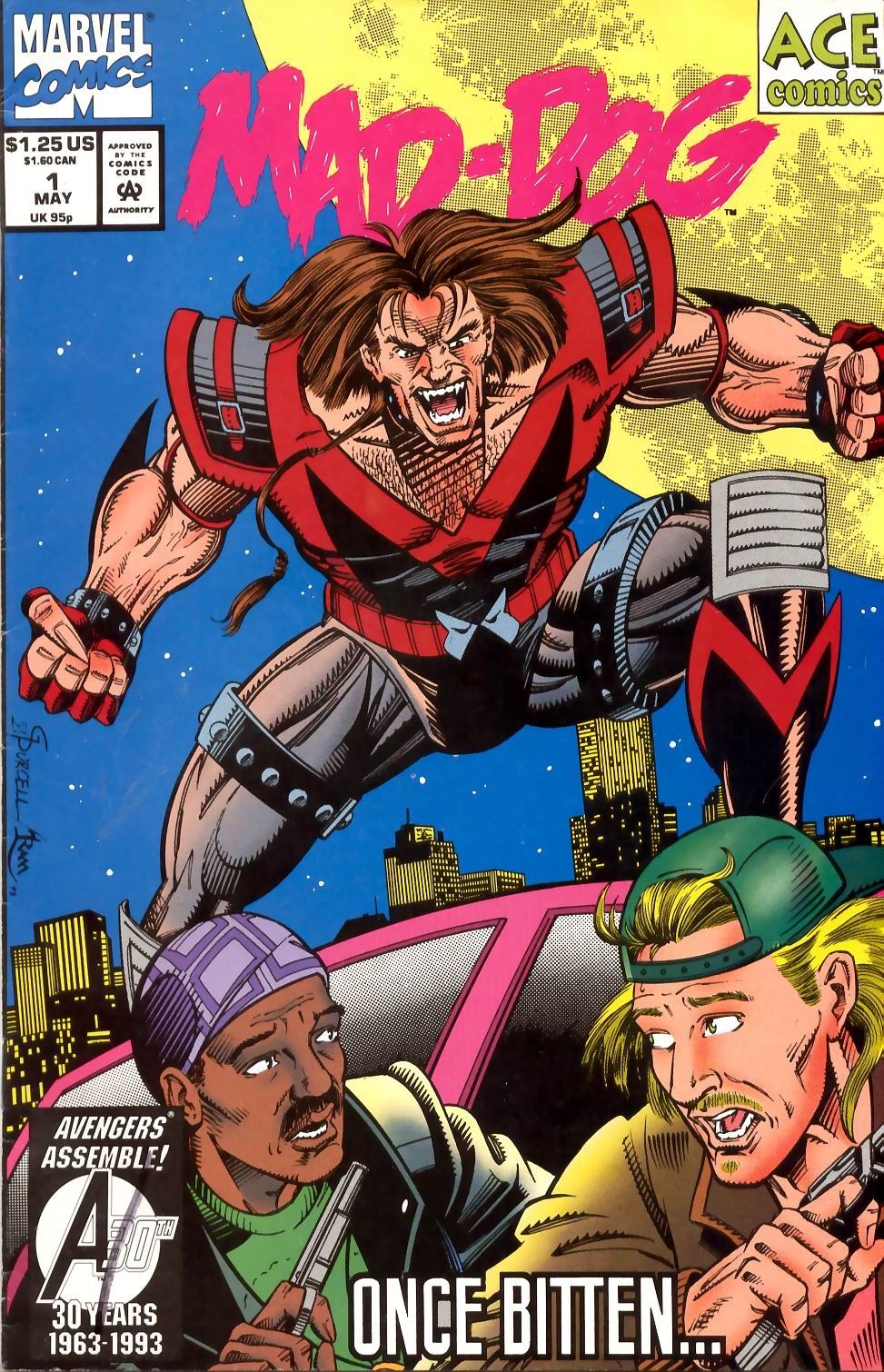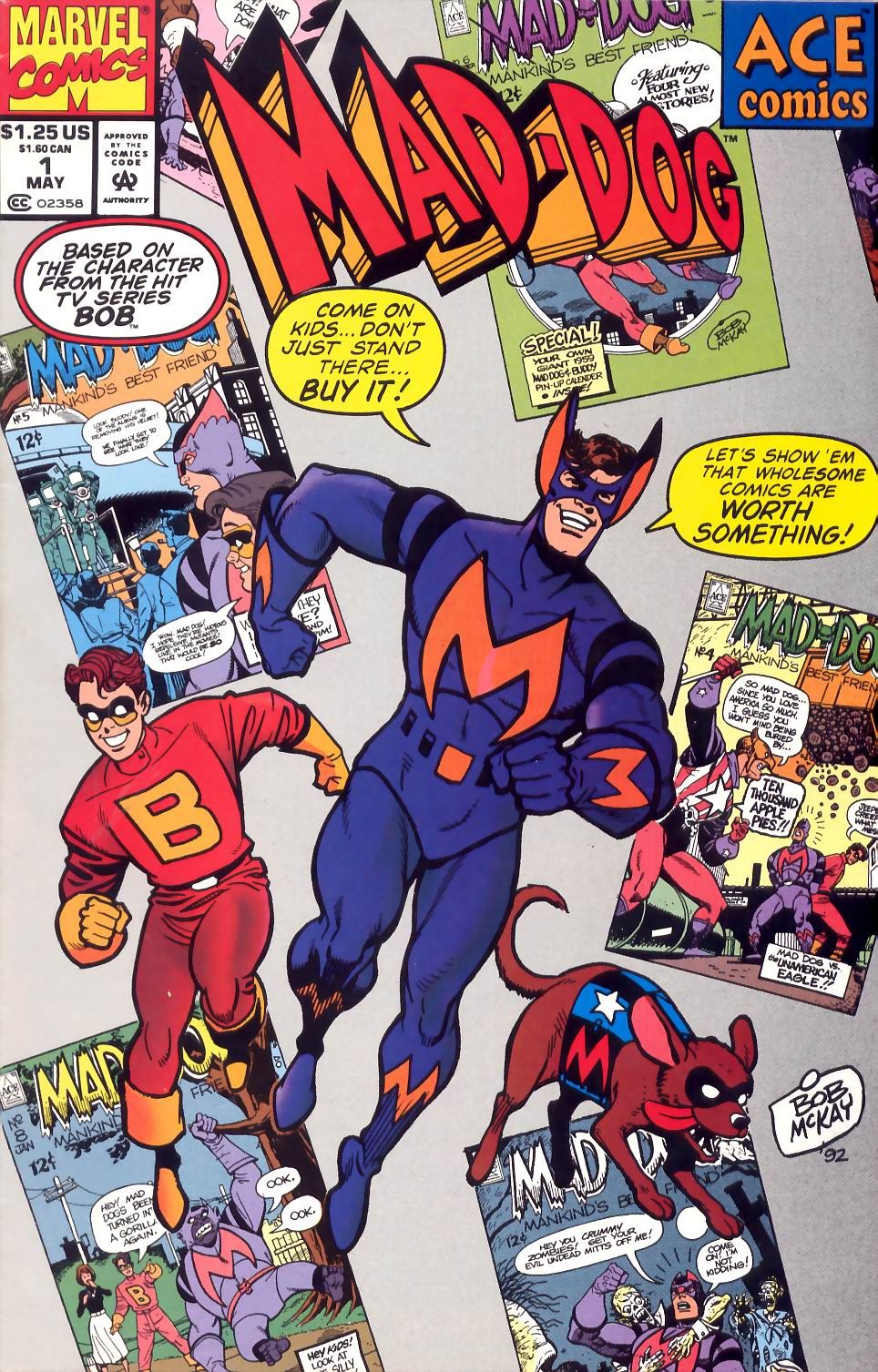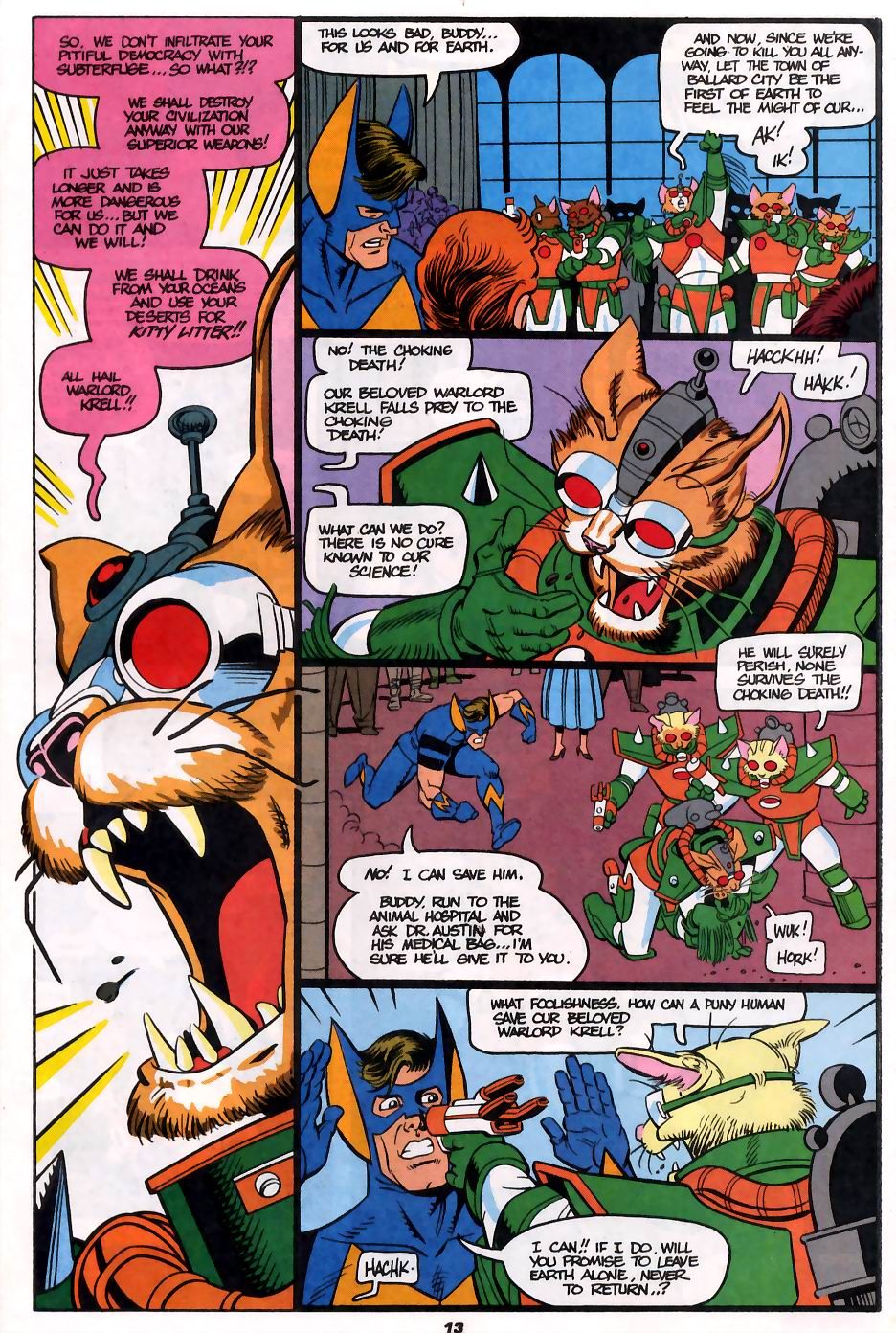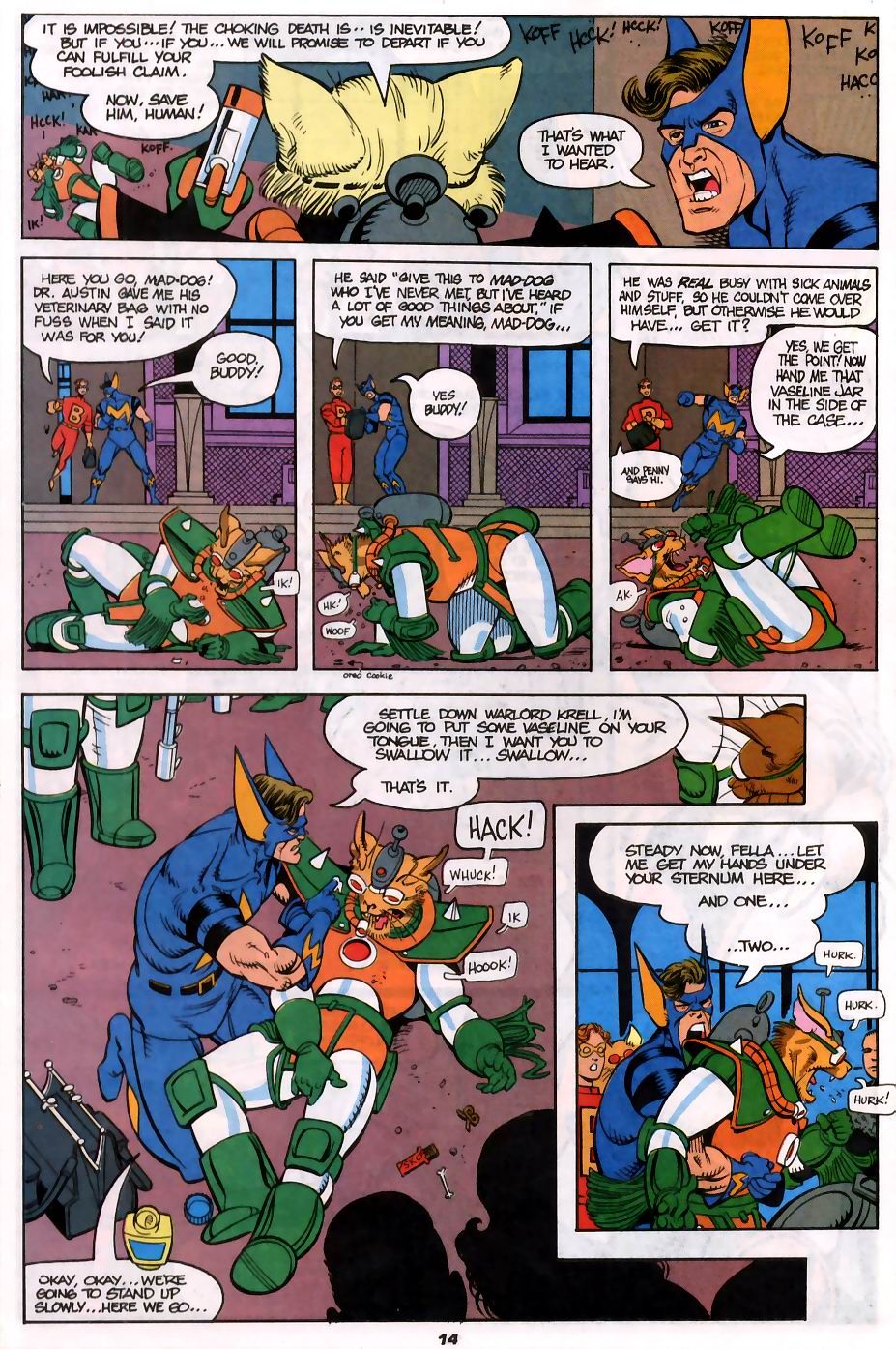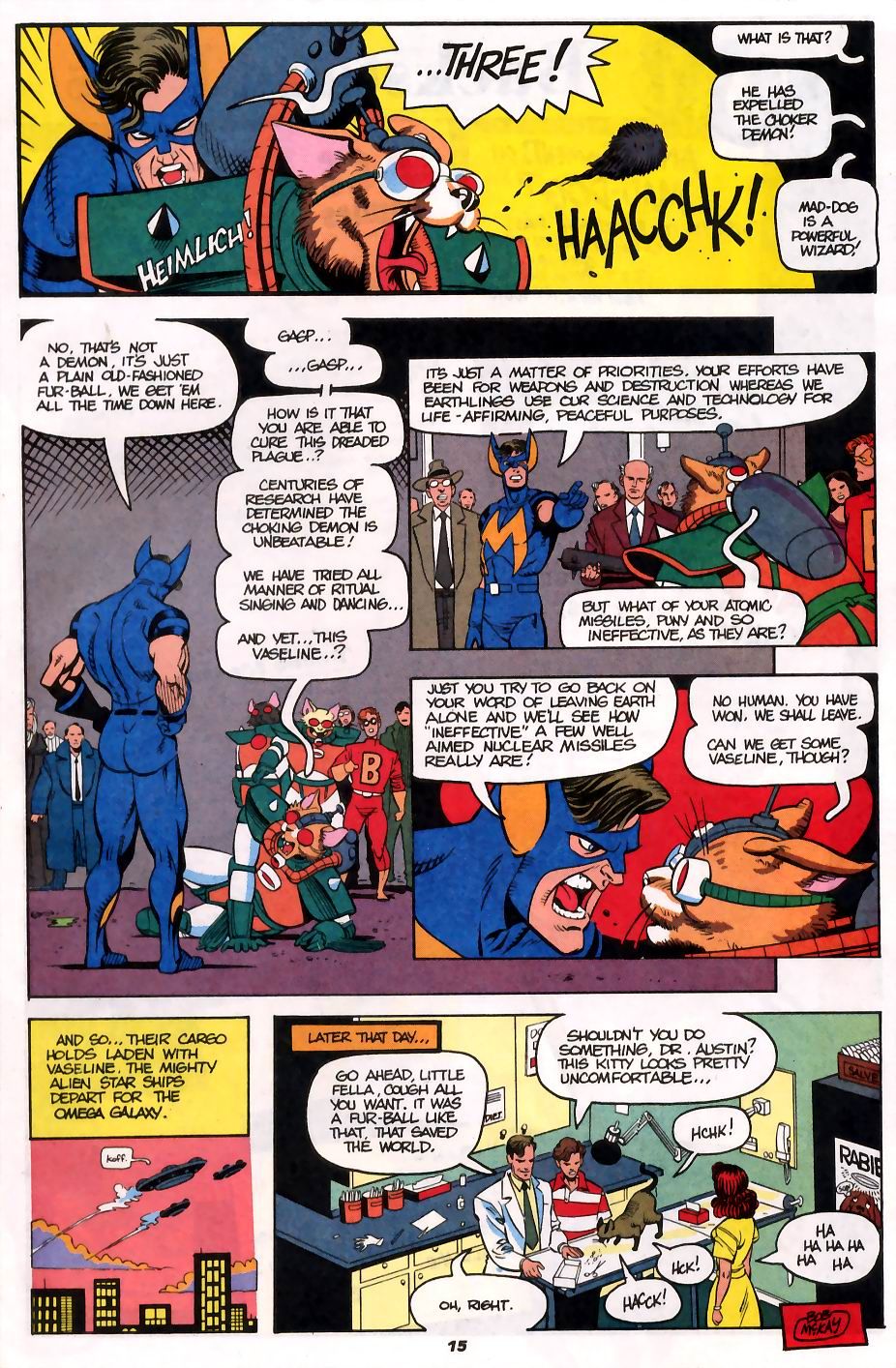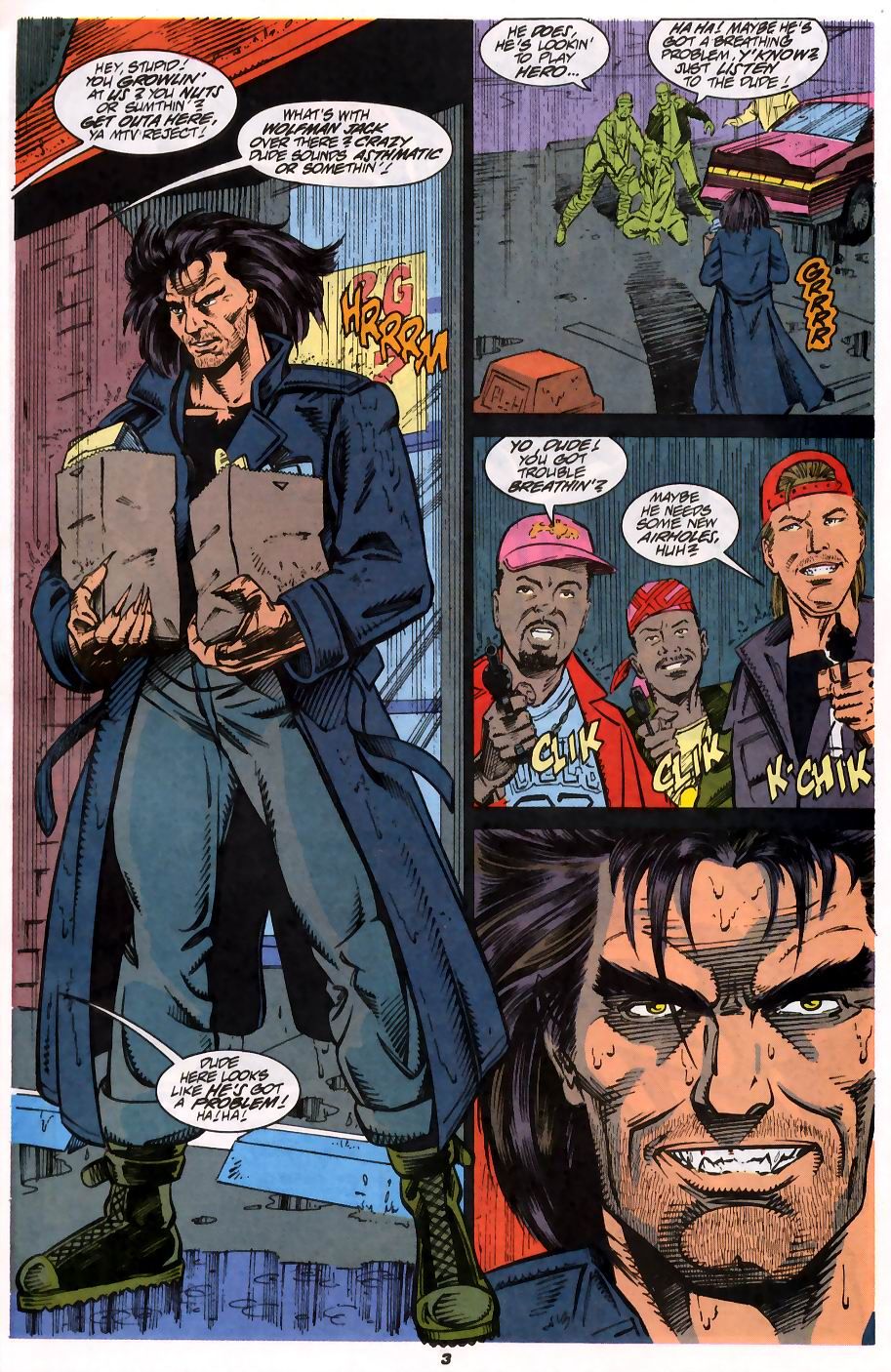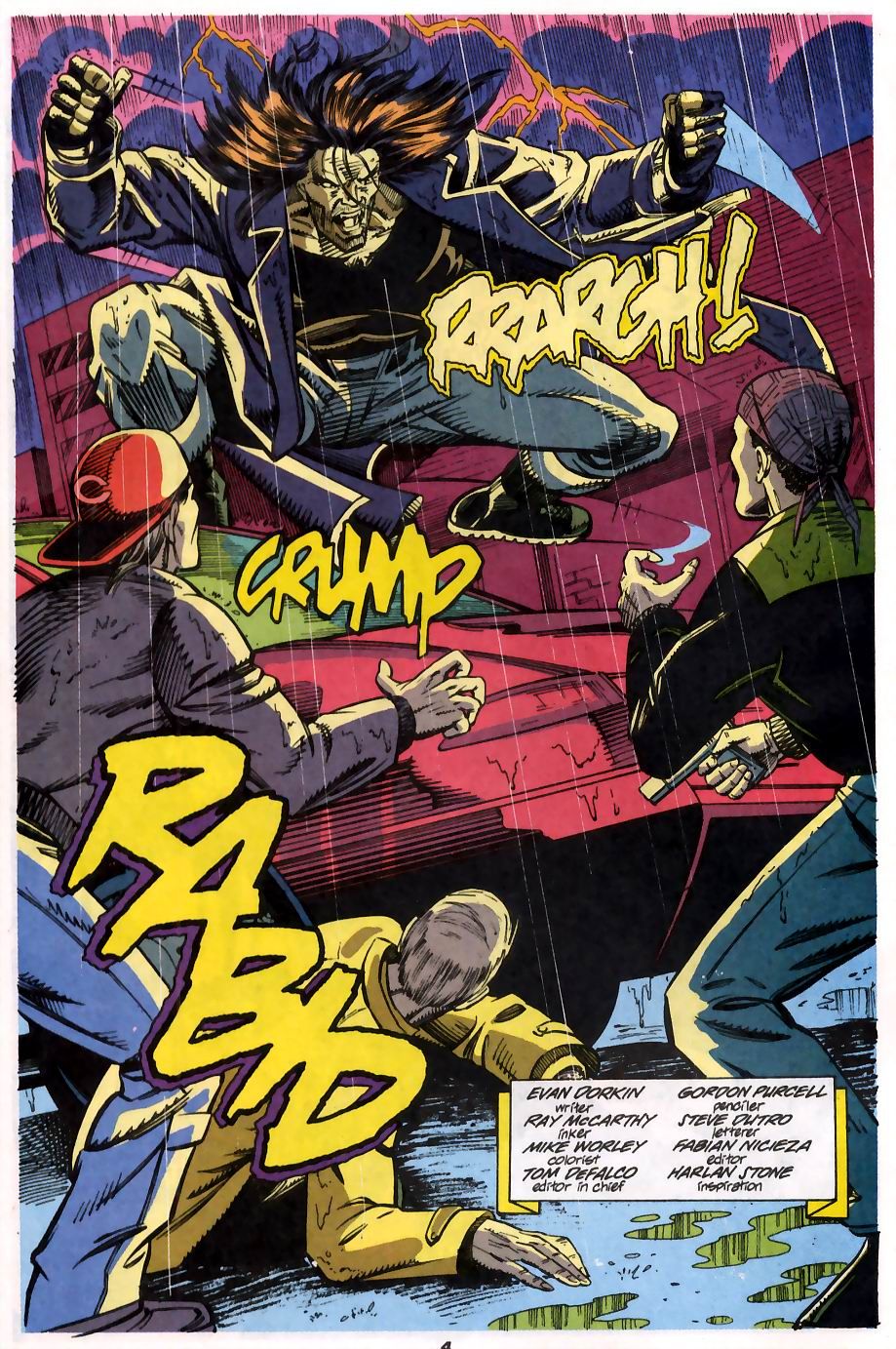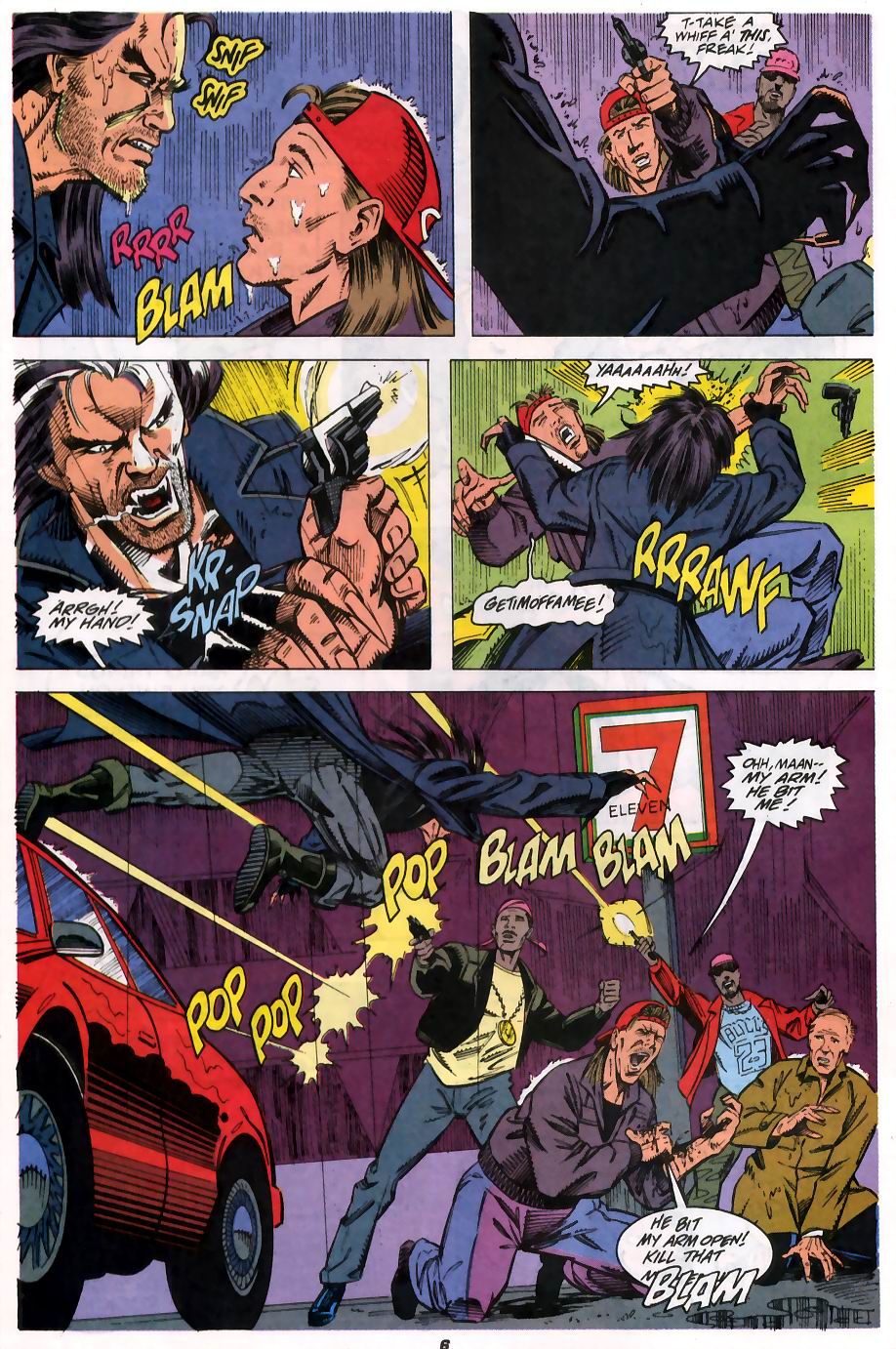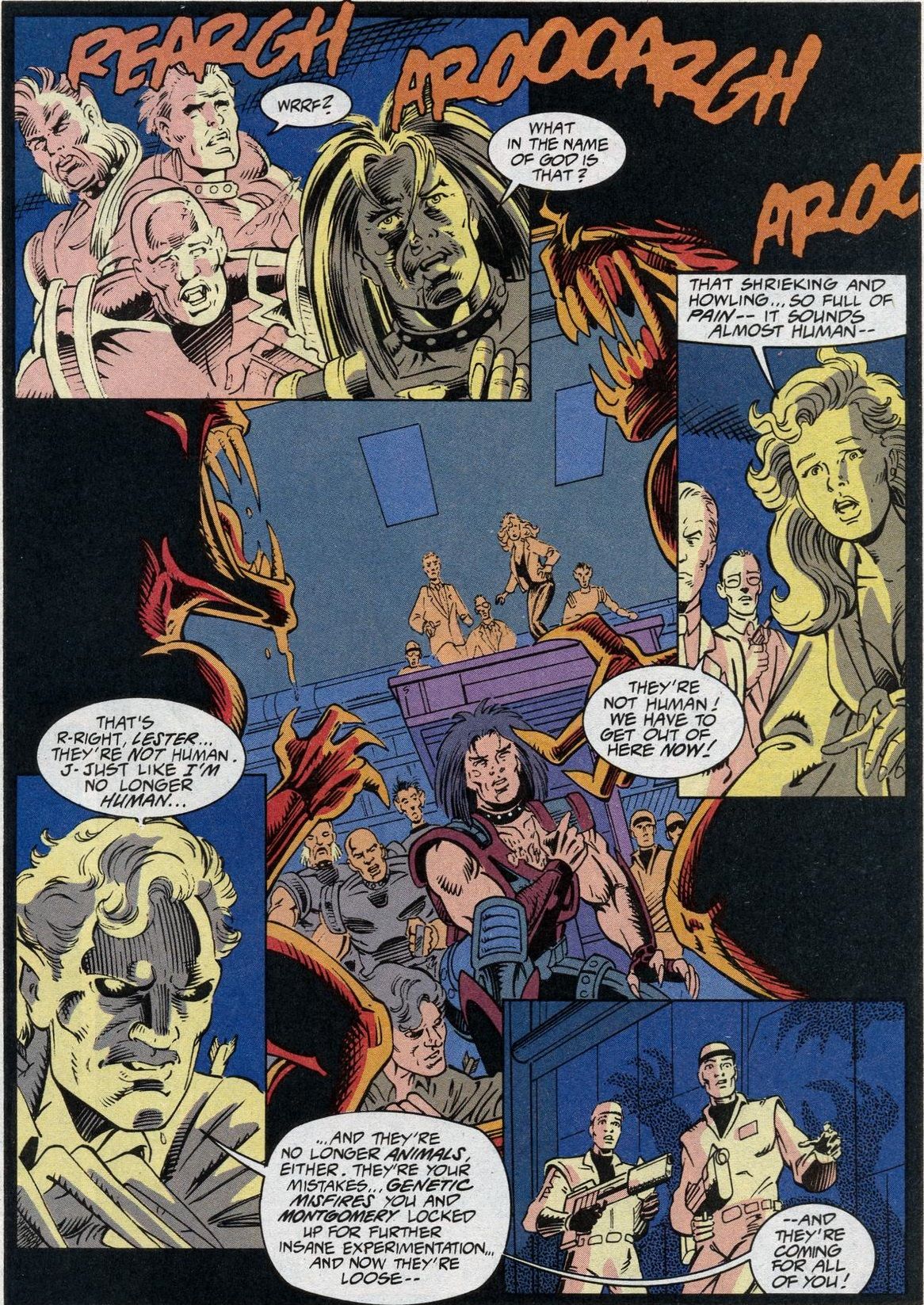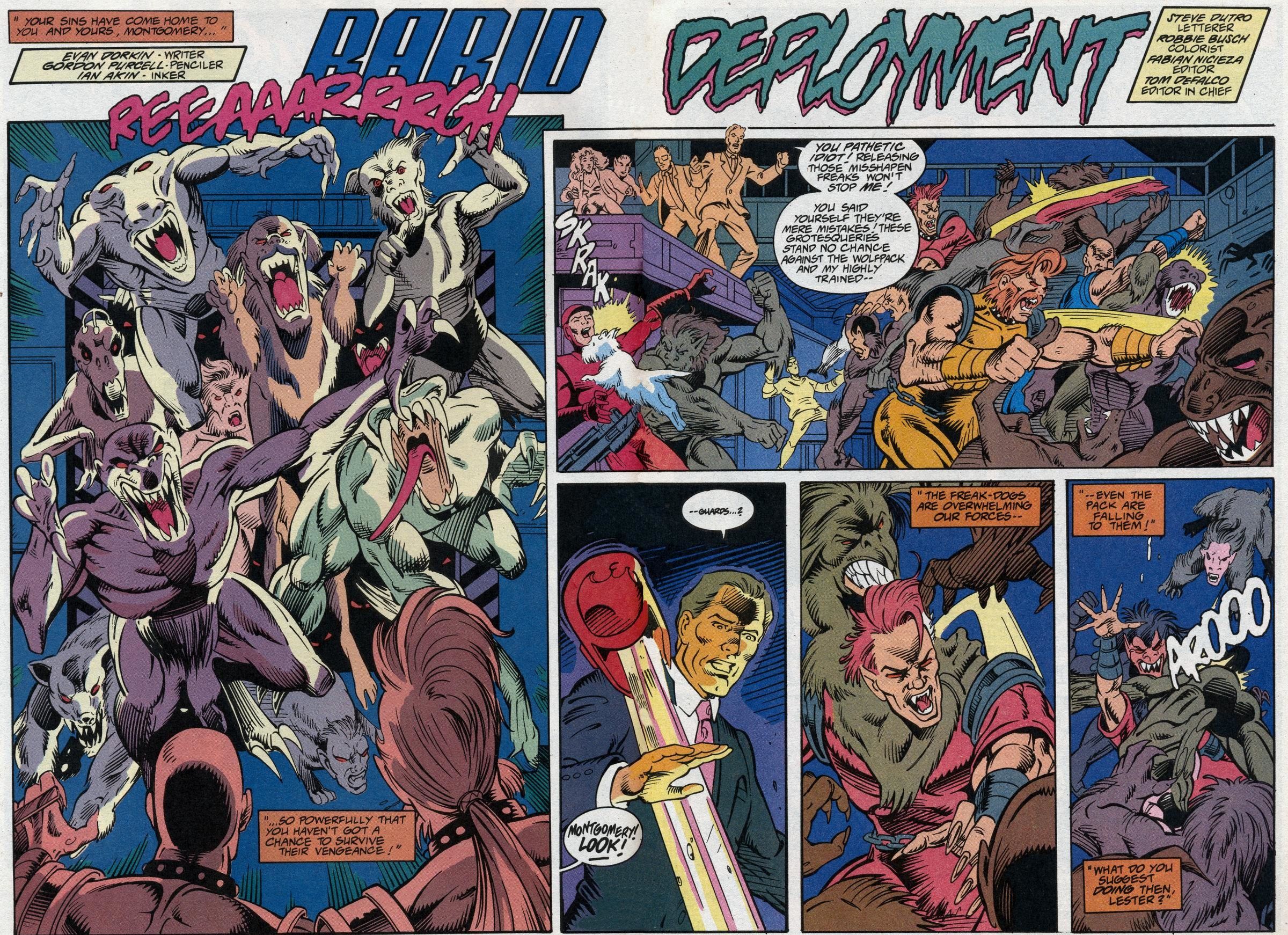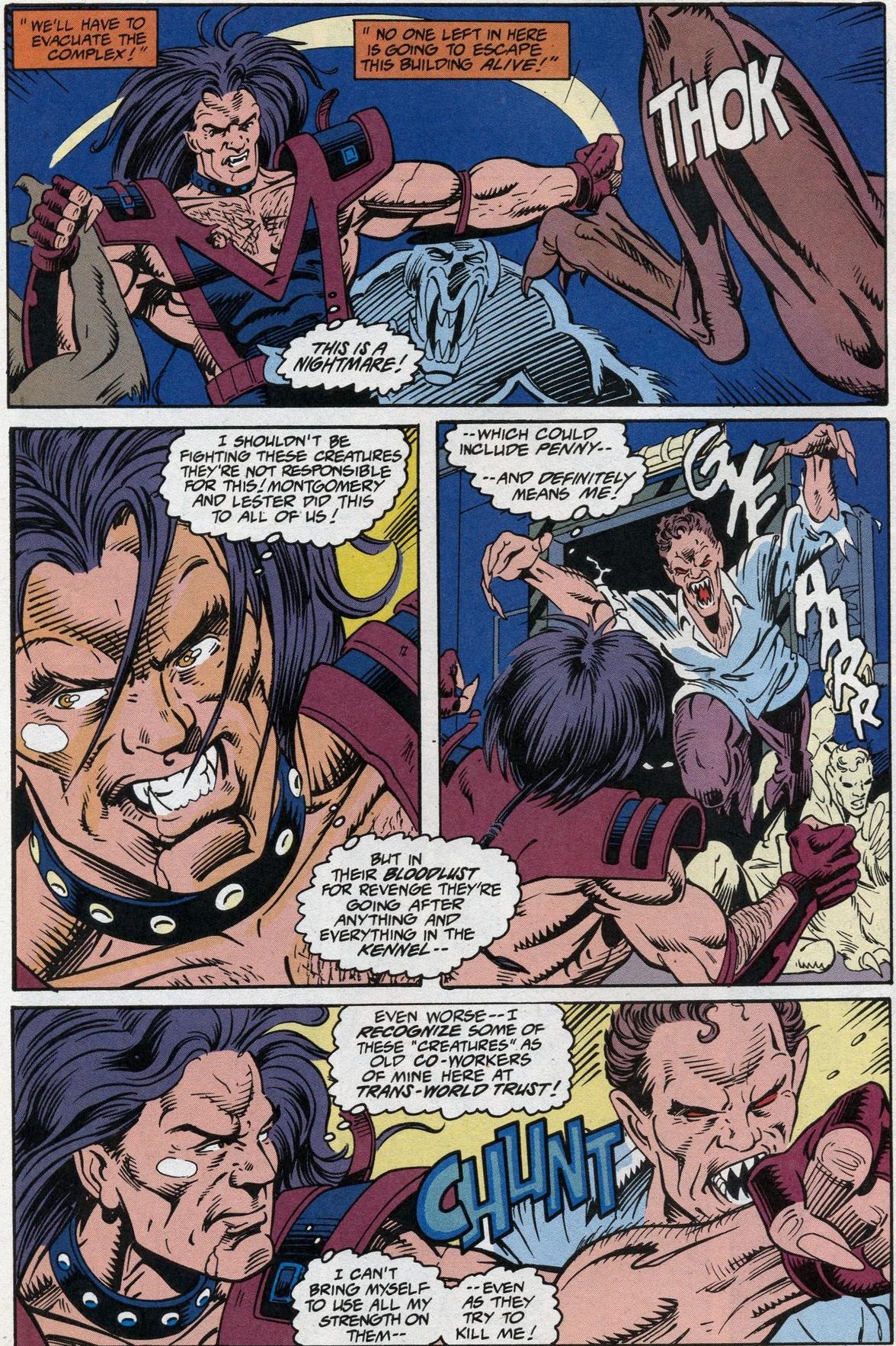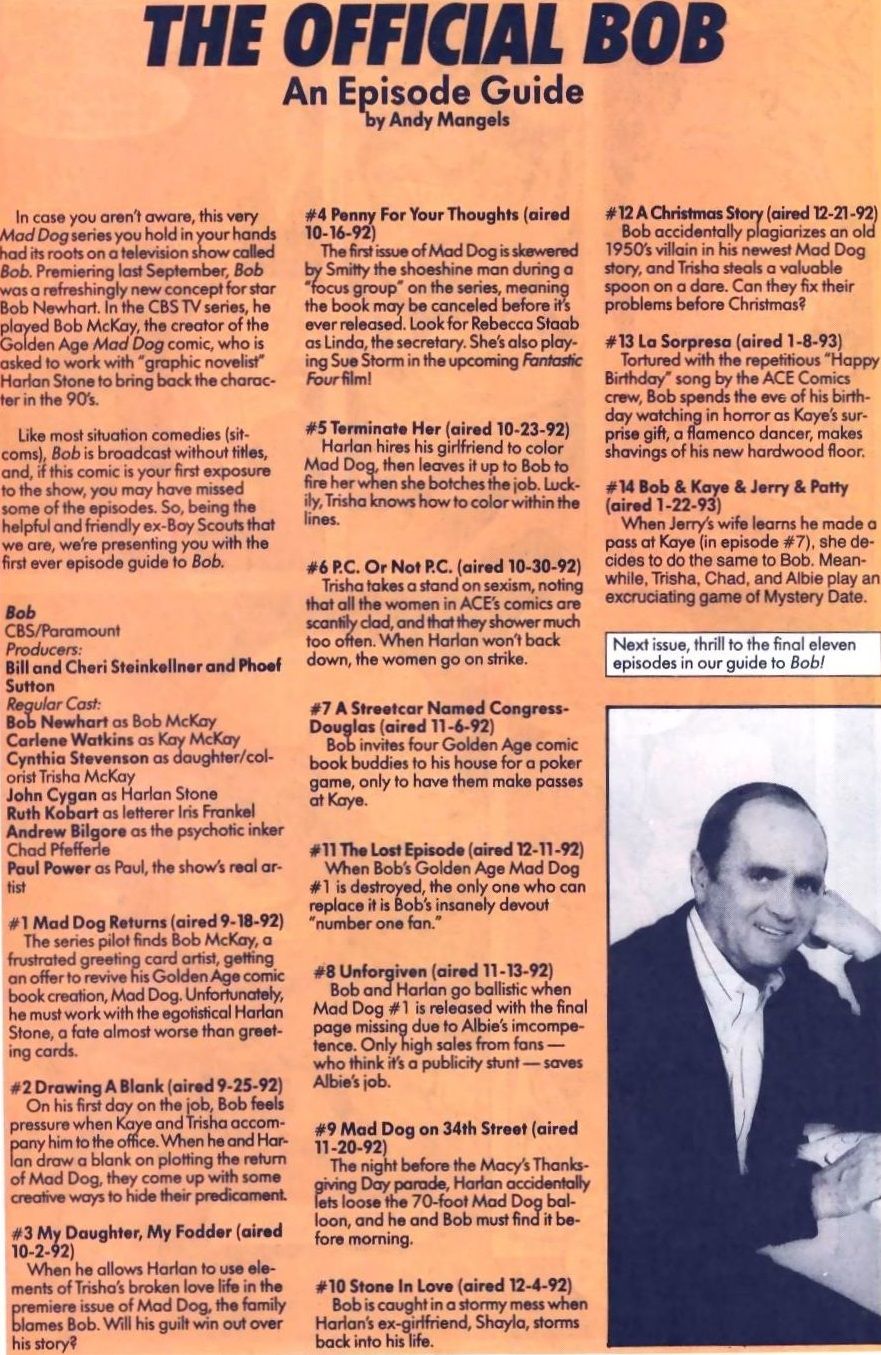In "The World Outside," I examine comic books showing up in outside media, like TV shows, sports, novels and films. Today, we look at the bizarre world of Mad-Dog, the comic book published by Marvel as it was appearing in Bob Newhart's short-lived 1990s sitcom, Bob.
In 1992, Bob Newhart returned to television after a very brief hiatus. His first hit sitcom (not his first sitcom period, but his first hit one), The Bob Newhart Show, ran from 1972-1978 and was a highly acclaimed series. His next sitcom, Newhart, ran from 1982-1990 and was almost as acclaimed as his first series (it was also slightly more commercially successful). So everyone was waiting to see what Newhart had up his sleeves for a THIRD sitcom.
The answer was Bob (which, come on, is an awesome title when you had Bob Newhart and then Newhart), about a former comic book artist who was forced out of comic books by the implementation of the Comics Code Authority. He then became a popular greeting card artist for the next twenty-five years. Now, though, with the comic book speculator boom, a comic book company has purchased the rights to the superhero character that Bob wrote and drew in the 1950s and they were going to bring him back into print and wanted Bob to handle the comeback series.
Here's the opening credits to the series...
The hook of the show was that the main editor of the comic book company, American-Canadian Trans-Continental Communications Company (best known as Ace), wanted Mad-Dog to be a modern, grim and gritty comic book series and Bob, naturally had no interest in doing anything along those lines. He initially just turns the offer down entirely, but his wife ultimately convinces him to take the gig. Partially because it is a high-paying gig and partially because she thinks that it is what his hero, Mad-Dog, would have done (you know, "never give up!" and all that jazz).
So the tension would be between Bob wanting to do the book one way and the other guy (Harlan Stone, played by John Cygan) wanting to do it the other way. The owner of the company tended to side with Bob more than Harlan, but the tension was always there. The show, though, rarely got into the actual tension of what the stories would look like and instead just played it like a traditional wacky workplace sitcom, where Harlan was simply a pain in the ass. Bob had a young inker assigned to him, and that was a source of humor on the series, as well.
The great Mark Evanier actually wrote an episode for the series that got into the history of the Comics Code and the whole Seduction of the Innocent stuff from the 1950s. It's a fascinating watch just to see those topics played out on a very mainstream CBS early 1990s sitcom. That whole episode is up on YouTube.
There was also an episode at a comic book convention with a bunch of older and then-current comic book artists appearing as cameos.
Okay, so that was the set-up for the show, but the REAL cool/bizarre part is that there was a Marvel comic book series that tied in with the show!
Page 2: [valnet-url-page page=2 paginated=0 text='Check%20Out%20The%20Madness%20Of%20Mad-Dog!']
Released in early 1993 (just as the comic book storyline on the Bob sitcom was about to be abandoned - the show would be renewed for a second season, but with the comic book angle dropped and Bob working for a greeting card company. The owner was played by Betty White, whose Golden Girls follow-up series, Golden Palace, had just ended), the conceit behind the comic book is that it is a flip-book showing Bob's vision of Mad-Dog (written and drawn by Ty Templeton) and Harlan's vision of Mad-Dog (written by Evan Dorkin and drawn by Gordon Purcell).
The problem with this comic book series is that Templeton takes on the idea of doing some pre-Comics Code-style stories and plays it as bizarre as he can (in issue #1, Mad-Dog fights off an invasion of alien cats by miraculously solving their hairball problem)...
While Dorkin and Purcell play it relatively safe, producing what is TECHNICALLY a parody of a 1990s "extreme" comic book series, but a parody that is so note perfect as to what an actual extreme 1990s comic book series would be like that it loses most of its satirical purpose. In other words, the joke on Bob is that Harlan Stone wants to do a typical 1990s grim and gritty superhero series and the joke here is that Dorkin and Purcell (with Ian Akin and Mic Gray on inking duties) deliver that misguided idea...
But if the joke on a TV show is that a guy shouldn't do a bad 1990s grim and gritty version of a character, it really isn't all that interesting to then see that bad 1990s grim and gritty version of the character. You need a satirical twist on it. Like Grant Morrison's Doom Force, for instance. At the time (according to a great piece on the series by Charlie Jane Anders), Evan Dorkin wanted to do the other version of the series, for the obvious reason, as it was a more fun concept. He noted that he and Purcell never quite meshed together and instead, we just got this dreary series. It's too bad, as Dorkin is one of the finest comic book writers in the land.
Even as the series ended with issue #6, Dorkin and Purcell continue to play it totally straight...
Also, let's note how bizarre it is for a tie-in comic book to a then-new TV series come out late enough that the second issue can have an episode guide for the first FOURTEEN EPISODES of the series!
Bob was canceled midway through its revamped second season. But hey, we'll always have this bizarre little mini-series to remember it by!
That's it for this installment! If anyone else has a suggestion for an interesting time when a comic book ended up getting featured in a TV show, music video, novel, etc., drop me a line at brianc@cbr.com!

